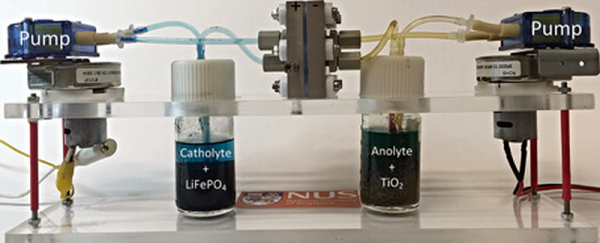Supercapacitors have found a myriad of uses due to their ability to rapidly charge and then deliver the power efficiently. Currently, production of supercapacitors requires materials made out of carbon which requires high temperatures and poses other manufacturing difficulties.
Researchers announced a new type of supercapacitor that uses no carbon and could have advantages over conventional technologies. The new research focuses on metal-organic frameworks, or MOFs. This material is extremely porous with a sponge-like structure. Since supercapacitors require large surface areas, that makes MOFs an interesting material for that application. However, MOFs are not very electrically conductive, which is a disadvantage.














